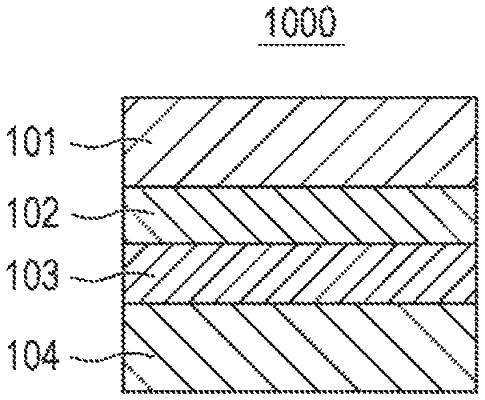| CPC H01M 10/0562 (2013.01) [H01M 4/131 (2013.01); H01M 4/134 (2013.01); H01M 4/621 (2013.01); H01M 10/052 (2013.01); H01M 2300/0065 (2013.01); H01M 2300/0071 (2013.01); H01M 2300/008 (2013.01)] | 11 Claims |

|
1. A battery comprising:
a positive electrode, a first electrolyte layer, a second electrolyte layer, and a negative electrode arranged in this order,
wherein:
the first electrolyte layer contains a first solid electrolyte material,
the second electrolyte layer contains a second solid electrolyte material different from the first solid electrolyte material,
the first solid electrolyte material is represented by chemical formula (1) below:
LiαMβOγXδ (1)
where α, β, γ, and δ are all greater than 0,
M is at least one element selected from the group consisting of metal elements other than Li, and metalloids,
X is at least one element selected from the group consisting of Cl, Br, and I, and
a reduction potential of the second solid electrolyte material is lower than a reduction potential of the first solid electrolyte material.
|